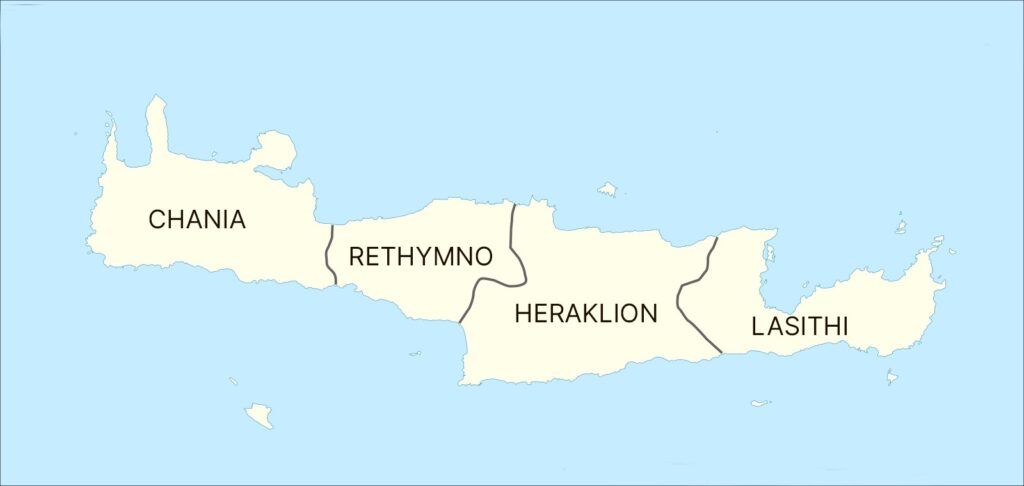The region of Rethymno is a captivating destination that seamlessly blends cosmopolitan charm with traditional elements. Visitors often find themselves returning time and again, drawn by the majestic mountains, the vast expanse of the sea, and the heartfelt hospitality of the locals.
The residents of the inland areas deeply honour their heritage, often seen in traditional attire and speaking the local dialect. The region is rich in historical and cultural landmarks, ranging from Byzantine and Venetian structures to archaeological sites like Ancient Eleutherna and Zominthos.
Rethymno’s natural scenery, with its gorges, caves, plains, and sandy shores, offers unparalleled beauty and provides nature enthusiasts with unforgettable experiences. The diverse flora and fauna, along with the mountainous trails, make the prefecture a prime spot for outdoor activities.
Moreover, the local culture and traditions are vibrantly alive, with music, mantinades, and folklore preserving the authenticity of the Cretan spirit, embodying a way of life that evolves while staying true to its roots. In the 13th century, Rethymnon City fell to the Venetians who, following an attack from the Arabs in 1562, built the famous Fortezza fortress which still stands today and is emblematic of the city.
A significant portion of the Venetian city has also been preserved. Rethymnon experienced a cultural efflorescence in the 16th century, when numerous Rethymniot artists and scholars were active, not just in Crete but also in Venice. This high period ended when the city was conquered by the Turks. With Cretan independence in 1897, Rethymnon began once again to develop.
Gastronomy
In Rethymnon, you can taste the flavours and aromas of Cretan cuisine, which is offered in almost all restaurants inside and outside the city. Olive oil, wine, wheat, honey, milk, cheese, meat, wild herbs, and vegetables – the ingredients used in Cretan cuisine are simple, clean and, above all, genuine and natural. Cretan gastronomy is based on the production of fields, which guarantees a healthy diet and contributes to good health and longevity. Cretan cuisine does not include complicated preparation techniques. Its success lies in the ingredients used. Due to the olive oil, which is used in all recipes, Cretan dishes are very tasty. Try a variety of local dishes, such as fresh salads, dakos, snails boubouristi, apaki, lamb “tsigriasto” or “antikristo” and gamopilafo. Also do not miss the opportunity to try the local cheeses such as feta, graviera, mizithra and the unique stakovoutiro.
The four Regions of Crete





